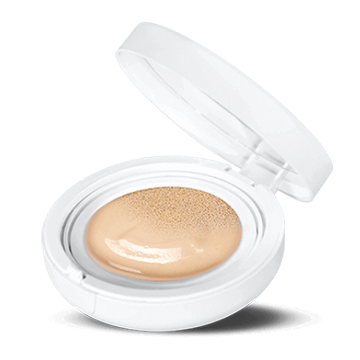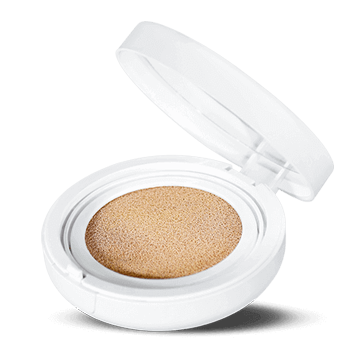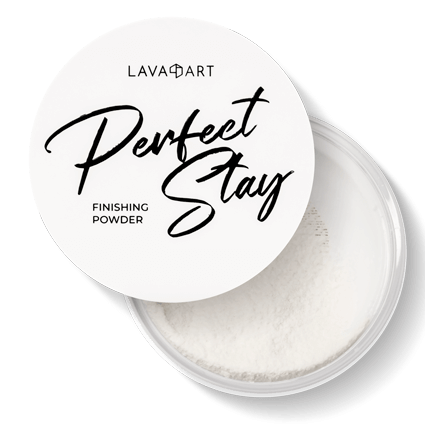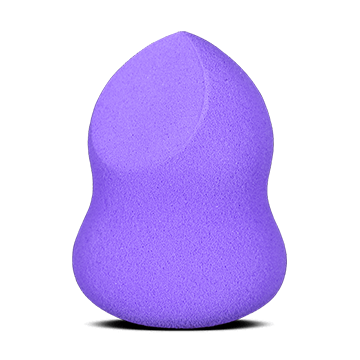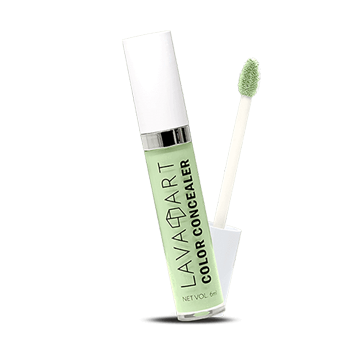We’ve all been there before. After a long day at work or a late night out, the last thing we want to do is go through the hassle of removing our makeup. But sleeping in your makeup can have a significant impact on the health and appearance of your skin. In this blog, we’ll explore the negative effects of sleeping in your makeup and share some tips for better makeup removal that will help you achieve healthier, clearer skin.
The Negative Effects of Sleeping in Your Makeup
Clogged Pores
Leaving your makeup on overnight can clog your pores, which can lead to breakouts, acne, and blackheads. When makeup is left on for a prolonged period, it mixes with the natural oils and dead skin cells on your face, creating a breeding ground for bacteria. The result is clogged pores that can cause acne and other skin problems.
Dry Skin
Certain types of makeup, such as powder-based products, can absorb the natural oils on your skin, leaving it dry and dehydrated. Sleeping in your makeup can exacerbate this effect, as the makeup can continue to draw out moisture from your skin overnight, leading to dryness and flakiness.
Premature Aging
Sleeping in your makeup can cause oxidative stress, which can lead to premature aging, fine lines, and wrinkles. Makeup can contain harmful chemicals that, when left on the skin for prolonged periods, can lead to skin damage and aging.
Eye Irritation
Leaving mascara and eyeliner on overnight can cause eye irritation, infections, and even damage to your lashes. The skin around the eyes is thin and delicate, and leaving makeup on for too long can cause inflammation, itchiness, and even infections.
Tips for Better Makeup Removal
1. Use Micellar Water
Micellar water is a gentle and effective way to remove makeup, dirt, and oil from your skin without harsh chemicals or rubbing. Micellar water is made up of tiny micelles, which are attracted to dirt and oil and can be easily wiped away with a cotton pad.
2. Double Cleanse
Double cleansing involves using an oil-based cleanser followed by a water-based cleanser to ensure that all traces of makeup are removed. The oil-based cleanser helps to dissolve makeup, while the water-based cleanser removes any remaining residue. This method is particularly effective for removing heavy or long-wear makeup.
3. Invest in a Makeup Remover Cloth:
Makeup remover cloths are made of microfiber material that can gently remove makeup without the use of cleansers or harsh chemicals. These cloths are reusable and can be washed and reused multiple times, making them an eco-friendly alternative to disposable wipes.
4. Use a Gentle Cleanser
If you have sensitive skin, use a gentle cleanser that is free of harsh chemicals and fragrances. Look for cleansers that are designed to remove makeup and impurities without stripping the skin of its natural oils.
5. Don't Forget to Cleanse Your Eyes
Use a gentle eye makeup remover to remove all traces of mascara, eyeliner, and eye shadow from your eyes. Use a cotton pad or a Q-tip to gently remove the makeup from your lashes and lash line.
6. Wash Your Face with Cool Water
After removing your makeup, wash your face with cool water to help close your pores and prevent dirt and bacteria from entering. Avoid using hot water, as it can strip the skin of its natural oils and lead to dryness.



